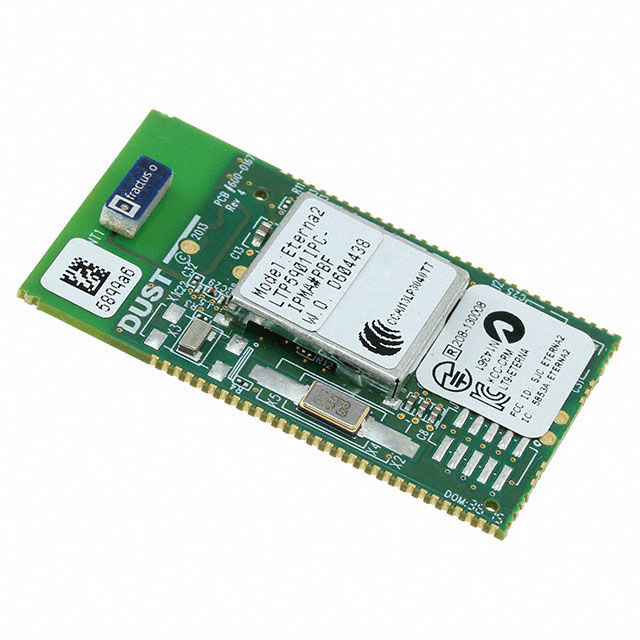Why Are Power Distribution Switches and Load Drivers Essential for Modern Electronics?
- joddiemarshall6
- Mar 20
- 3 min read
Introduction: Unlocking the Potential of Power Management
Power distribution switches and load drivers play a crucial role in the efficient management of power within various electronic systems. These components ensure that power is effectively distributed and controlled, safeguarding devices from potential damage while enhancing their performance. This blog explores the significance of these switches and drivers and why they are indispensable in modern electronics.
The Role of Power Distribution Switches
Centralised Control: Power distribution switches allow for centralized control of power flow, making it easier to manage the energy distribution across complex circuits.
Protection Features: They are equipped with built-in protective features such as overcurrent protection, which prevents damage to the electronic components by interrupting the power supply in case of overload.
Enhanced Efficiency: By optimizing the power flow, these switches ensure that each part of the electronic system receives the exact amount of power needed, enhancing overall energy efficiency.
Understanding Load Drivers
Driving High-Power Loads: Load drivers are designed to handle high-power loads, making them ideal for driving devices like motors, high-current LEDs, and other power-intensive components.
Reliability and Durability: These drivers provide reliable operation and are built to withstand the rigours of continuous high-power usage, which is vital for the longevity and reliability of electronic applications.
Versatility: They are used in a wide range of applications, from simple consumer electronics to more complex industrial systems.
Integration with Power Supply Controllers and Monitors
Seamless Collaboration: Power distribution switches and load drivers seamlessly integrate with power supply controllers and monitors. This integration helps in achieving precise control over the power system’s overall functionality.
Real-Time Monitoring: Power supply controllers and monitors allow for real-time tracking of the power system's performance. This monitoring is crucial for preventing issues related to voltage fluctuations and power surges.
Predictive Maintenance: With advanced monitoring, systems can predict potential failures before they occur, thereby reducing downtime and maintenance costs.
Advantages in Consumer Electronics
Smart Home Systems: In smart home systems, power distribution switches improve energy distribution to various smart devices, enhancing their efficiency and lifespan.
Portable Devices: For portable electronic devices, load drivers help manage power requirements without compromising the device’s performance or battery life.
Applications in Industrial Settings
Automated Systems: In automated production lines, these switches and drivers ensure smooth and uninterrupted operation, providing high reliability under demanding conditions.
Energy Management: They are integral to advanced energy management systems, where precise control and efficiency are paramount.
The Future of Power Management in Electronics
Innovation and Upgrades: The continual innovation in power distribution technology promises more advanced switches and drivers that offer better performance and additional features.
Integration with IoT: As the Internet of Things (IoT) continues to expand, the integration of innovative power management solutions with IoT devices will become more prevalent, offering smarter and more responsive electronic systems.
Conclusion: Essential Components for Efficient Power Management
Power distribution switches and load drivers are more than just components; they are fundamental building blocks for modern electronic systems. Their ability to manage power efficiently, protect devices, and enhance overall system performance makes them indispensable in today's digitally driven world. As technology advances, their role will only grow, underlining their importance in the electronic components industry.
By understanding the pivotal roles played by these components, businesses and consumers can better appreciate the technology behind their everyday devices, ensuring they make informed choices about the electronics they use and depend on.



Comments